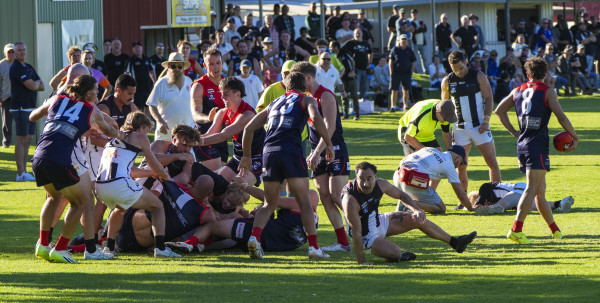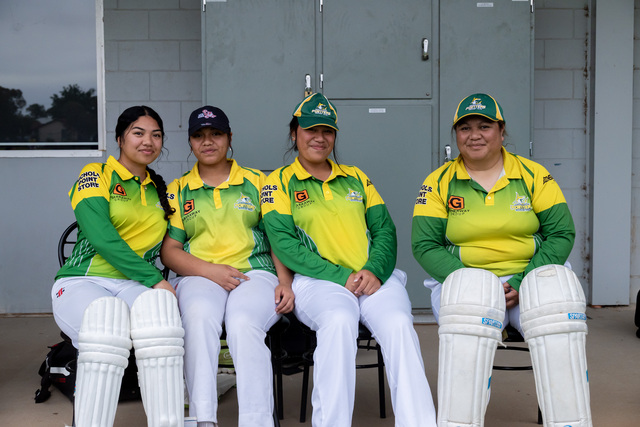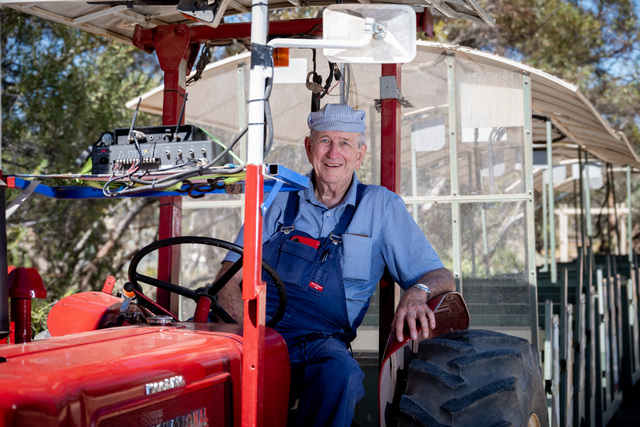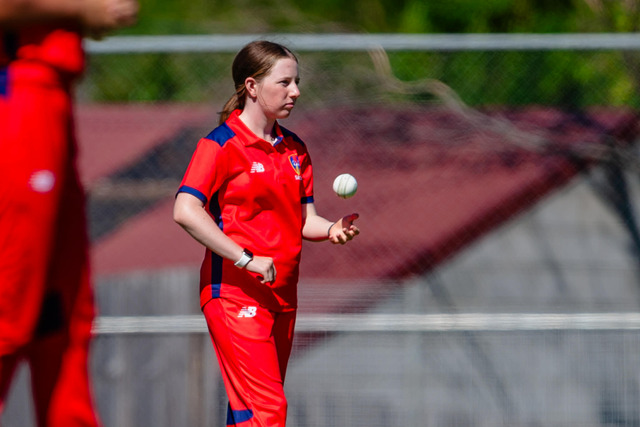THE first few rounds of the season have already brought with them the new changes being implemented by the AFL at grassroots leve,l which also seems to have created some confusion with supporters.
The main change this season is the concussion protocol.
So what is it about?
The new concussion protocols require any junior or senior player who receives a concussion or has concussion symptoms from a knock to the head to miss 21 days of game-day play or contact in training, counted from the day of the incident.
All clubs will have trainers on hand who will have the necessary training to identify a concussion and do immediate testing on the player to determine if further testing is required.
This is where the game-day clinic of Dr Travis Taggert becomes vital.
Some people I speak with feel 21 days is too long, especially for minor concussion symptoms.
I strongly disagree with this line of thinking.
It is only now that we as a community are starting to understand the ongoing and lifelong impacts that both multiple concussions and single large concussion events are having on players.
Gone are the days of saying “you’ll be right” or “toughen up”, and good riddance to those days, having passed us by.
Don’t underestimate what a concussion is.
Even in its tiniest form, it is a brain injury, and if we don’t start taking this seriously the game itself will be in danger in the long-run.
We only have to look at the most recent results of concussions, with tragedies such as former AFL players in Shane Tuck and Danny Frawley at the forefront of the saddest of the stories you could possibly imagine due to a lifetime of damage from head knocks.
Nathan Murphy of Collingwood and Angus Brayshaw have most recently made the hard and brave decisions to walk away from not only the game they love but their highly lucrative contracts too.
This in itself is how seriously players and the AFL are now taking this issue, and full credit to them.
While we may miss seeing the bit hits, the hip-and-shoulders and the large collisions, it is done for the greater good of the game.
So while some may say the game is getting softer – and so it may be – don’t forget that when it is your own son, daughter, grandson or grand-daughter on the receiving end of a safe collision, you will be more than thankful it wasn’t something worse had we buried our heads in the sand and let the game play out as it used to.
It was only last week that we saw a very unlucky incident between big Jono Lee of Mildura and young Angus Smith of Merbein.
Thankfully this incident wasn’t as bad as it could have been and arguments could be made very easily on both sides of the ledger as to whether it was intentional or just an accident.
(I’m not going to get into either side of the argument today.)
I do believe the independent tribunal made the right decision, though, with four weeks downgraded to three with the early plea, because basically we have to ensure incidents or accidents like these are avoided as much as we possibly can and a punishment such as this is a strong deterrent going to a contest.
And yes I know it is only a split-second decision to make by the player, but the thinking on behalf of the AFL is to make the ball and not the player the focus in every circumstance.
Now, I am not by any means silly enough to think that these types of incidents can ever be fully eradicated from footy, because it is a physical game and accidents will happen.
What we do need to do, though, is have players understand the impacts of their actions where they possibly can and remember that the head of any player is sacrosanct.
While we don’t want the physicality to completely change in our game, we do want to limit the opportunity for horrific collisions to occur and lives to be forever changed for what is, basically, just a game.
For the old-school out there this may be hard to adjust to.
However, if we don’t do this we will lose our kids to other sports based on parents thinking Aussie rules is not safe.
And, trust me, this is definitely happening already.








